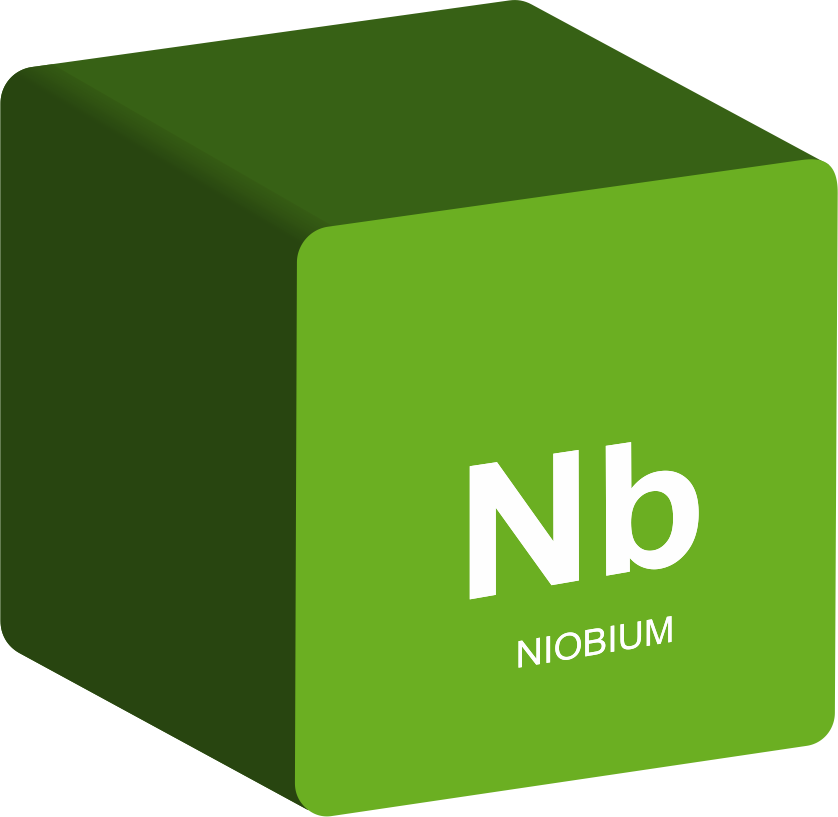King River set to power the world with amazing vanadium resource
Date: Mar 6, 2018
The owner of what is probably the world’s largest in-ground vanadium deposit, King River Copper, has an unlikely ally in former US President Barack Obama.
Obama was a huge fan of vanadium redox flow batteries, or “VRB”, as part of his vision for America to generate 80% of its electricity from renewable energy by 2035. So it was no surprise that the ex-Commander in Chief described “multi-megawatt vanadium redox fuel cells” as: “one of the coolest things I’ve ever said out loud”.
It is not clear however whether or not Obama was aware that VRB technology was actually invented in Australia at the University of New South Wales by Professor Maria Skyllas Kazacos.
The pitched fever that has, and continues to surround lithium has caused the one percenters who are always looking to get ahead of the investment curve to look to the horizon where vanadium generated clean energy is looming large.
Both Australian technology and Australian in-ground vanadium resources such as King River’s enormous deposit in W.A could play a leading role in fulfilling vanadium’s massive potential as an emerging global energy gamechanger for large-scale, renewable battery storage.
It is rare for the Americans and Russians to agree on anything, however, Obama’s penchant for vanadium, is also echoed by the Russian business elite.
For example, back in 2015, Russian billionaire and Pala Investments founder, Vladimir Lorich, predicted that demand for vanadium would grow ten-fold within ten years.
Currently about 90% of global demand for vanadium, representing about 100,000 tonnes of contained vanadium, is driven by high strength steel use. However, many people believe that the steel industry will simply underwrite demand for the exotic metal with the real blue sky opportunity coming from vanadium’s unique conductivity characteristics that makes it perfect for large, industrial scale clean energy storage.
Vanadium based batteries are non-flammable and have an estimated life-cycle of between10,000 and 35,000 cycles, far outstripping current day batteries that have a mere 1000 cycle usages.
Vanadium batteries can also maintain a staggering 90% of their capacity over 20-years.
Within just a year of Lorich’s 2015 forecast vanadium prices had doubled.
Ferro vanadium that is used in steel alloys, soared 90% in 2017 to nine-year peaks last August. Vanadium pentoxide, a powder form of the metal used in batteries, hiked 130% last year, according to Bloomberg, and 27% in January to US$5.68 a kilogram, according to Metal Bulletin PLC.

